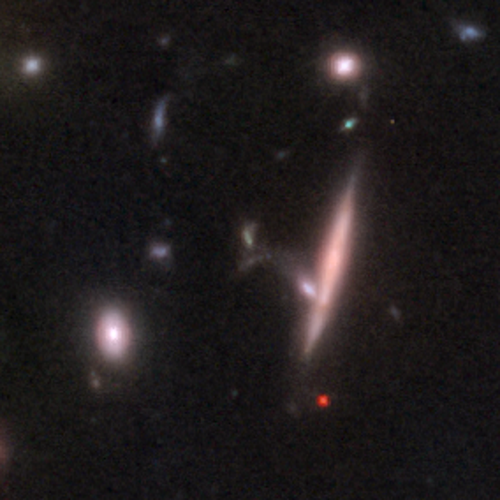Galaxy Zoo#

Overview#
Understanding how and why we are here is one of the fundamental questions for the ages. Part of the answer to this question lies in the origins of galaxies, such as our own Milky Way. Yet questions remain about how the Milky Way (or any of the other ~100 billion galaxies in our Universe) was formed and has evolved. Galaxies come in all shapes, sizes and colors: from beautiful spirals to huge ellipticals. “Kevin Schawinski, previously an astrophysicist at Oxford University and co-founder of Galaxy Zoo, described the problem that led to Galaxy Zoo’s creation when he was set the task of classifying the morphology of more than 900,000 galaxies by eye that had been imaged by the Sloan Digital Sky Survey at the Apache Point Observatory in New Mexico, USA.”
Data Sources#
Original Source
https://www.kaggle.com/competitions/galaxy-zoo-the-galaxy-challenge/data (requires Kaggle account)
File URLs
https://courses.physics.illinois.edu/phys503/fa2023/data/projects/GalaxyZoo/all_ones_benchmark.zip
https://courses.physics.illinois.edu/phys503/fa2023/data/projects/GalaxyZoo/all_zeros_benchmark.zip
https://courses.physics.illinois.edu/phys503/fa2023/data/projects/GalaxyZoo/images_test_rev1.zip
https://courses.physics.illinois.edu/phys503/fa2023/data/projects/GalaxyZoo/images_training_rev1.zip
Questions#
Please refer to the corresponding Project 01 notebook for background questions related to this project. In this project, you are to focus on machine learning application(s).
Question 01#
Each Image is labeled with its GalaxyID. Use the benchmark data set as the classification label. Since the training data is images, a Convolutional Neural Network (CNN) architecture is an appropriate model for galaxy classification. Design, describe and implement a simple CNN and use it to demonstrate galaxy classification for this dataset. What is the input data for your Network? How well does your model perform?
References#
[1] K.W. Willet, et.al, “Galaxy Zoo 2: detailed morphological classifications for 304,122 galaxies from the Sloan Digital Sky Survey”, Mon.Not.Roy.Astron.Soc. 435 (2013) 2835, e-Print: 1308.3496 [astro-ph.CO]
Acknowledgements#
Initial version: Mark Neubauer
© Copyright 2025

